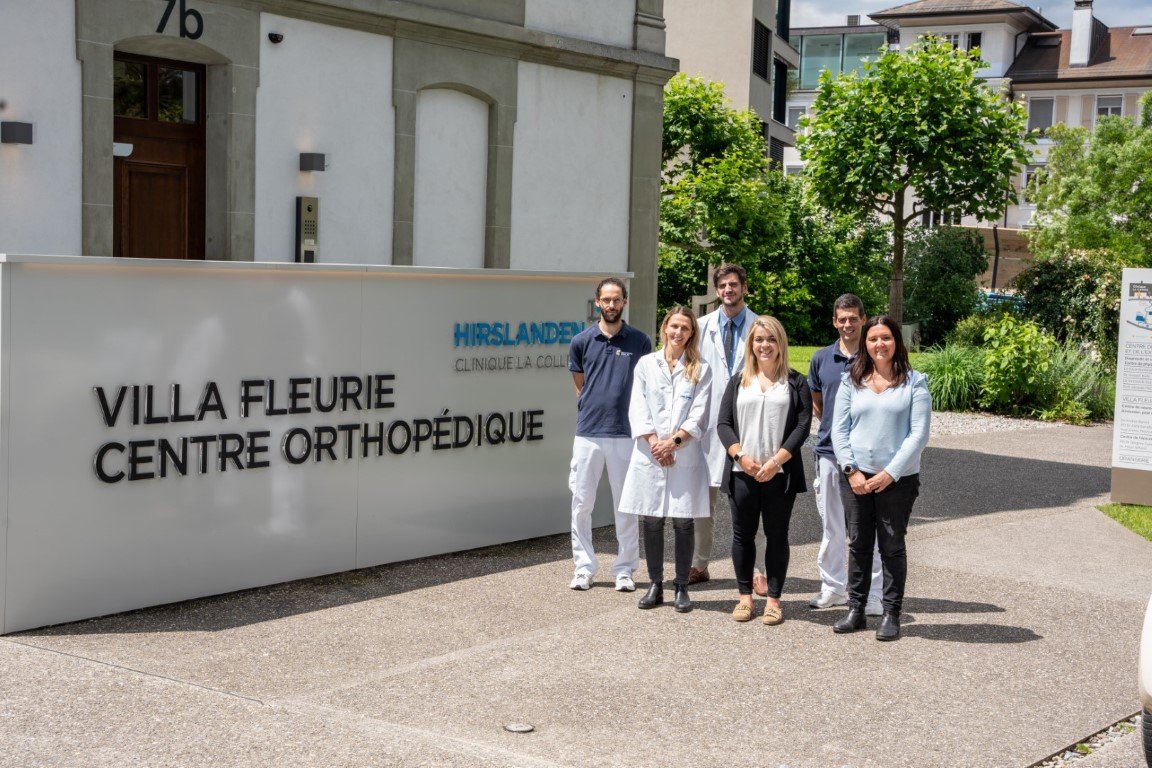Publication: Sci Rep. 2017 Feb 8:7:42327. doi: 10.1038/srep42327.
Co-authors: Zanchi D, Cunningham G, Lädermann A, Ozturk M, Hoffmeyer P, Haller S.
Abstract:
Previous functional magnetic resonance imaging (fMRI) findings indicate that shoulder apprehension is more complex than a pure mechanical problem of the shoulder, showing a direct modification in functional brain networks associated with motor inhibition and emotional regulation. The current study extends these findings by investigating further structural alterations in patients with shoulder apprehension compared to controls. 14 aged patients with shoulder apprehension (27.3 ± 2.0 years) and 10 matched healthy controls (29.6 ± 1.3 years) underwent clinical and fMRI examination including fMRI and diffusion tensor imaging (DTI). Tract-based spatial statistics procedure was used to analyze white matter (WM) alterations. Functional images were analyzed investigating resting state network connectivity. DTI results were correlated with different shoulder clinical scores and functional connectivity networks. Fractional anisotropy (FA), representing white matter integrity, is increased in the left internal capsule and partially in the thalamus in patients compared to controls. Moreover, FA correlates negatively with simple shoulder test (SST) scores (p < .05) and positively with a functional connectivity network qualitatively replicating previous results (p < .01). This study extends previous findings, showing that in addition to functional changes, structural white matter changes are also present in patients with shoulder apprehension.




